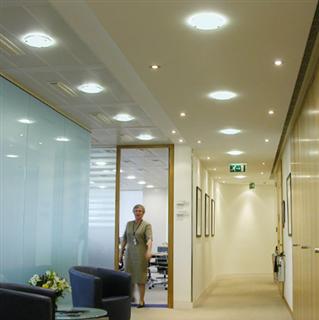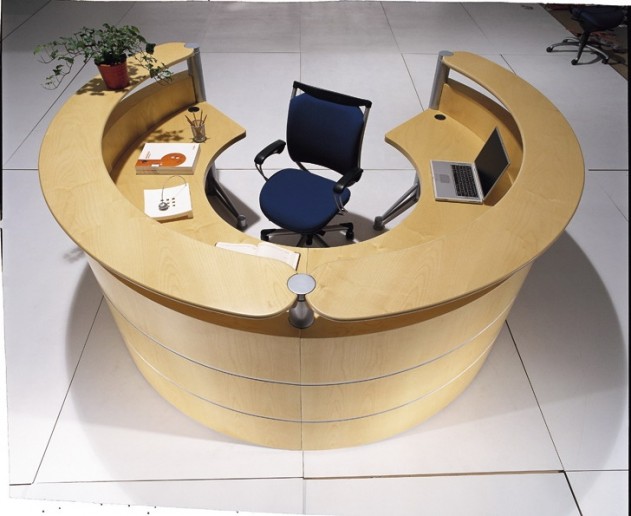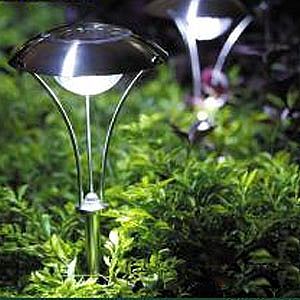- Flick the switch
Turn off lights if you are away from a room for more than 10 minutes and ensure employees turn off all lights after business hours and on weekends.
- Only use necessary light
Supplement natural light and utilise a lamp that provides you with the light you require, rather than turning on a system that illuminates entire areas. Assess options for zoning, de-lamping, dimming or multi-level switching to reduce energy consumption.
- Turn off display lights after hours
Remember to use a timer to turn off your showroom or display lighting after hours. Leaving lights on overnight simply adds to your electricity bill.
- Keep lights clean
Dust accumulation on fixtures and lamps can result in significant reduction in effective light output. Establish a cleaning schedule of lights to ensure that they operate at an optimum level.
- Optimise available light
Ensure all light coloured surfaces are regularly cleaned and paint dark walls and ceilings with lighter colours to reflect and maximise available light.
- Take advantage of natural light
Remove objects, such as blinds that are blocking windows to ensure you maximise optimal natural lighting. Uncovering an old skylight can provide your workplace with natural light and if installed properly, an energy efficient skylight can help minimise your heating and cooling needs too.
- Upgrade exit sign lighting
Replace incandescent exit lighting with light emitting diode (LED) lamps to recommended light performance levels. LED models use approximately 65 per cent less energy than conventional units and can provide energy and maintenance cost savings. Energy use can be reduced by as much as 90 per cent when full replacement with specialised LED-based luminaries is integrated with movement sensors.



